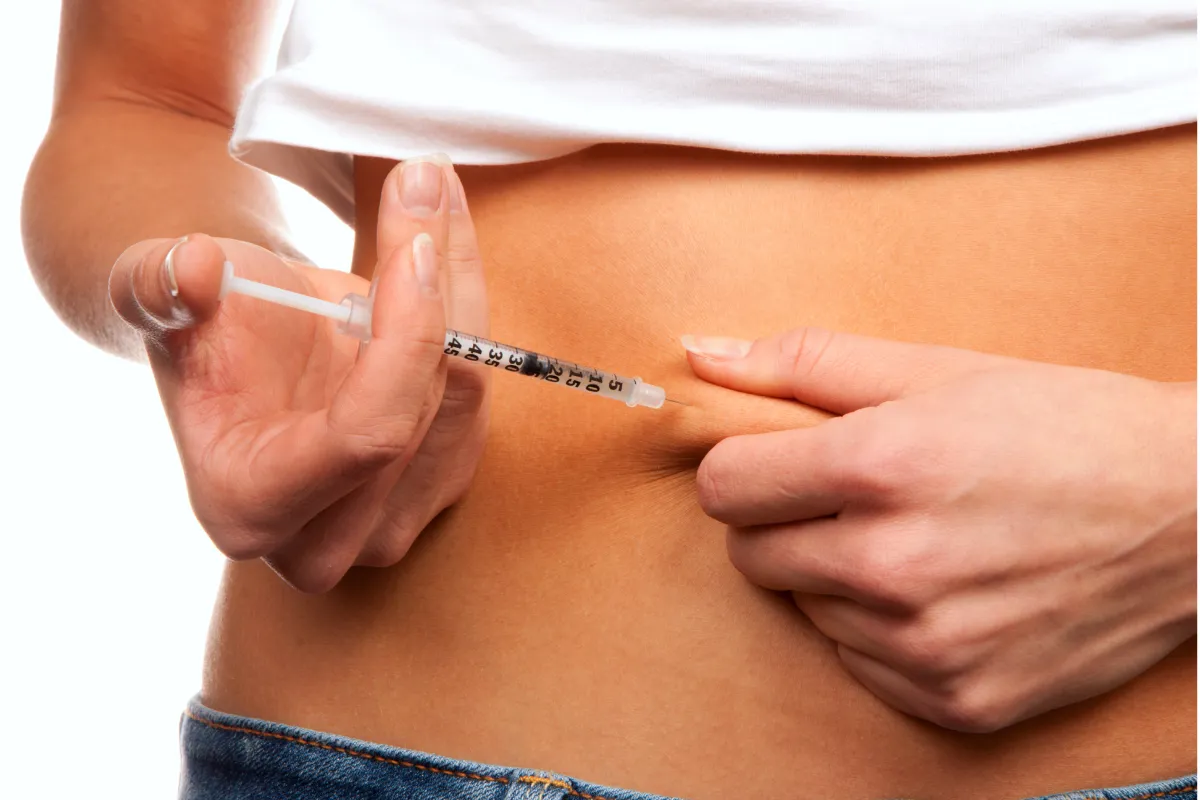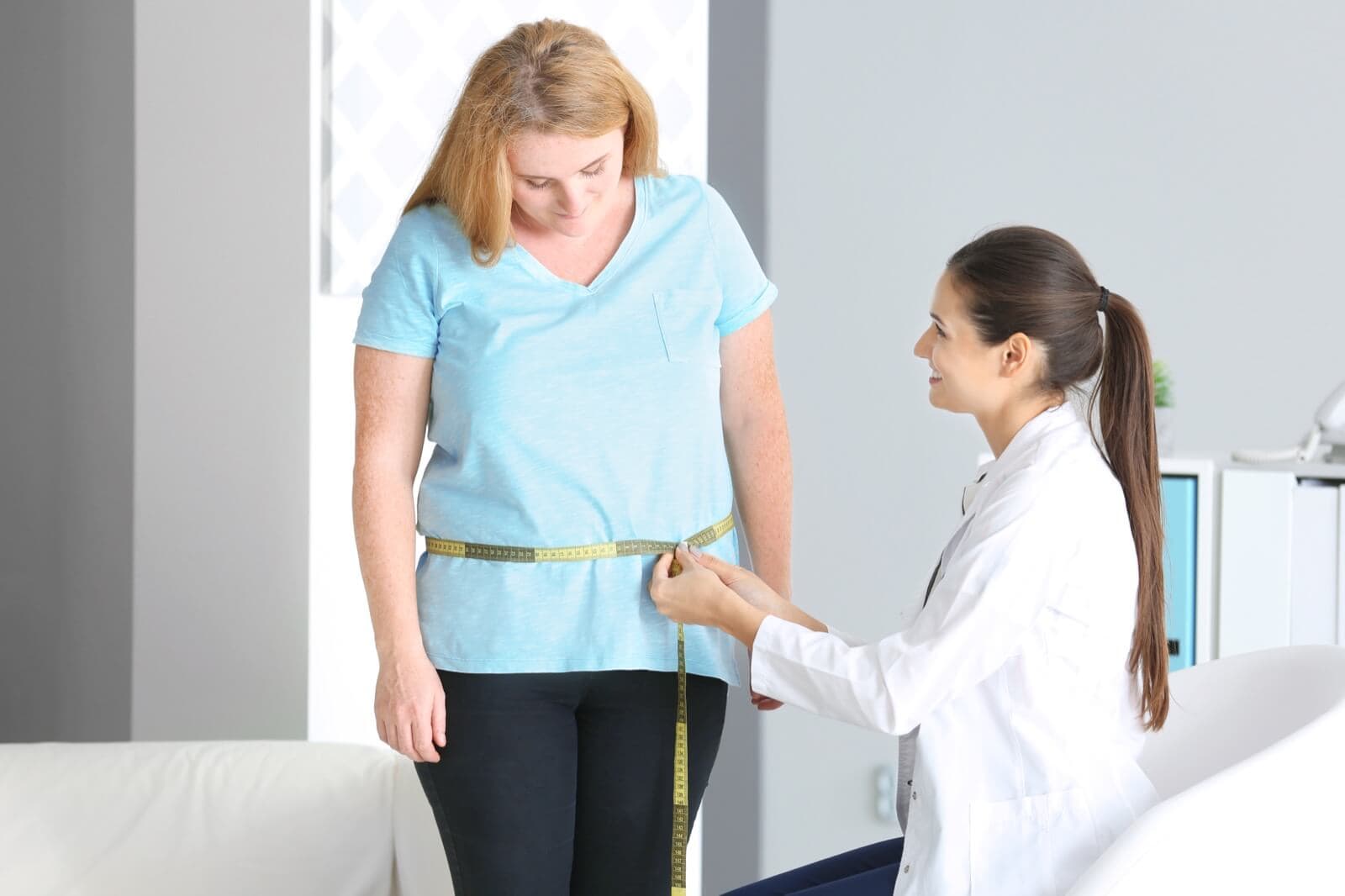
Spider veins and varicose veins are common vein conditions that many people face. While they may appear similar, they have distinct differences in appearance, symptoms, and potential health impacts. Spider veins are thin, web-like veins close to the skin’s surface, often appearing as red, blue, or purple lines. In contrast, varicose veins are larger, bulging veins that can cause discomfort and may signal underlying vein issues.
Understanding the differences can help you identify which condition you may be dealing with.
Spider veins are smaller, thin veins that resemble a web or tree branches. They appear close to the surface and are often red, blue, or purple. In contrast, varicose veins are larger, bulging, and rope-like. They typically have a dark blue or green hue and can look swollen.
Spider veins are usually found on the legs or face and are generally painless. Varicose veins, however, are deeper, affecting the lower legs and can cause leg swelling, heaviness, and discomfort. If left untreated, they may lead to more serious issues like skin irritation or ulcers.
Both conditions share common risk factors like prolonged standing, age, and genetics, but varicose veins pose higher health risks. They can result in blood clots, inflammation, or other complications requiring medical attention.
While spider veins are often treated for cosmetic reasons, addressing varicose vs spider veins differences is vital to managing symptoms and preventing further complications. Recognizing these distinctions ensures proper care and healthier legs.


Spider veins are thin, web-like veins that appear close to the surface of the skin. They are often red, blue, or purple and commonly found on the legs and face. These smaller veins are typically harmless but can be a cosmetic concern for many individuals.
Spider veins are thin, web-like veins that appear close to the surface of the skin. They are often red, blue, or purple and commonly found on the legs and face. These smaller veins are typically harmless but can be a cosmetic concern for many individuals.


Understanding the difference is essential in recognizing their unique characteristics and determining the right treatment for your needs.
Varicose veins are larger, bulging veins that often appear twisted or rope-like. They are usually blue or dark purple and commonly occur on the legs, particularly on the calves or thighs. Unlike spider veins, varicose veins are more prominent and can cause discomfort or health concerns in some cases.
Varicose veins develop due to venous valve dysfunction, where the valves in the veins fail to properly direct blood flow back to the heart. This leads to blood pooling, stretching the veins and causing them to enlarge. Other factors include increased pressure from prolonged standing, obesity, pregnancy, or genetics.
Varicose veins often come with noticeable symptoms like leg swelling, heaviness, or aching, especially after standing for long periods. In some cases, they may cause itching, skin discoloration, or even ulcers near the ankles if left untreated.
Understanding the difference helps in identifying the right treatment and managing the condition effectively. Whether for health or cosmetic reasons, addressing these symptoms early can improve both comfort and appearance.
Certain risk factors make some people more likely to develop spider and varicose veins. These factors often involve lifestyle, genetics, and physical changes that impact blood flow and pressure in the veins.


The reason for spider veins on legs is often due to increased pressure in the superficial veins, especially when the calf muscles, which pump blood back to the heart, are not active enough. By understanding these risk factors, it’s easier to adopt preventative measures or seek early treatment.
There are several treatment options available to address spider and varicose veins, ranging from lifestyle changes to advanced medical procedures. These treatments help improve circulation, relieve symptoms, and enhance the appearance of affected veins.
These treatment options offer relief from symptoms and significant cosmetic benefits. Explore more on varicose vein removal to determine the best option for you.
Preventing tips involves simple lifestyle changes to improve blood flow and reduce strain on your veins. Regular exercise, such as walking or cycling, strengthens your calf muscles and promotes circulation.


Maintain a healthy weight to minimize pressure on your legs, and consider wearing compression stockings for added support. Avoid long periods of sitting or standing by taking breaks to move around or stretch.
Elevate your legs whenever possible to ease blood flow back to your heart. Incorporating these prevention tips into your daily routine can significantly lower your risk of developing vein issues and maintain healthier legs.
Spider veins are typically painless and harmless. However, in rare cases, they may cause mild discomfort or itching.
Yes, varicose veins can cause pain, heaviness, and swelling in the legs, especially after standing for long periods.
No, spider veins are smaller, superficial, and painless, while varicose veins are larger, bulging, and can cause symptoms.
No, spider veins don’t always progress to varicose veins. However, similar risk factors may lead to both conditions.
In severe cases, varicose veins can lead to complications like blood clots, ulcers, or bleeding. Medical attention is recommended if symptoms worsen.

Understanding the differences between varicose veins vs spider veins is crucial for maintaining healthy, pain-free legs. Early prevention, lifestyle changes, and timely treatment can significantly improve your leg health and appearance. For personalized advice and effective solutions, consult a professional.
At Bellus Touch in Montebello, CA, we offer expert care, including varicose vein removal, to help you achieve healthier, more confident legs. Explore our services and take the first step towards better vascular health today.

Discover expert varicose vein treatment at Bellus Touch in Montebello, CA. Achieve smoother, healthier legs today!
Recent Post



Related Post
Category